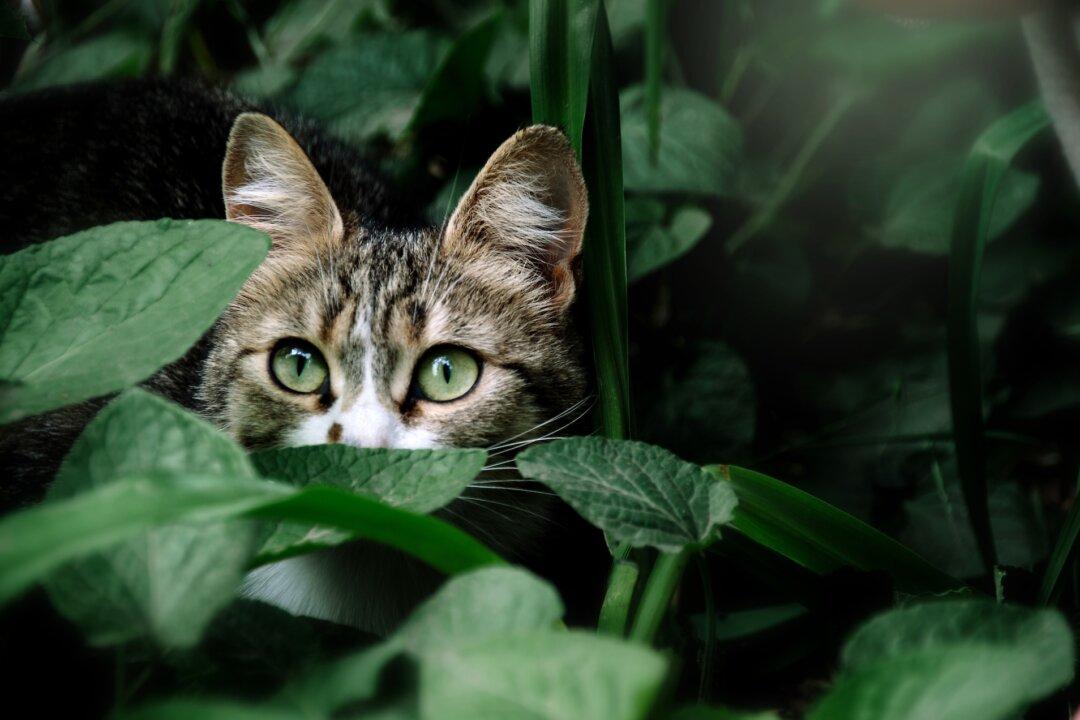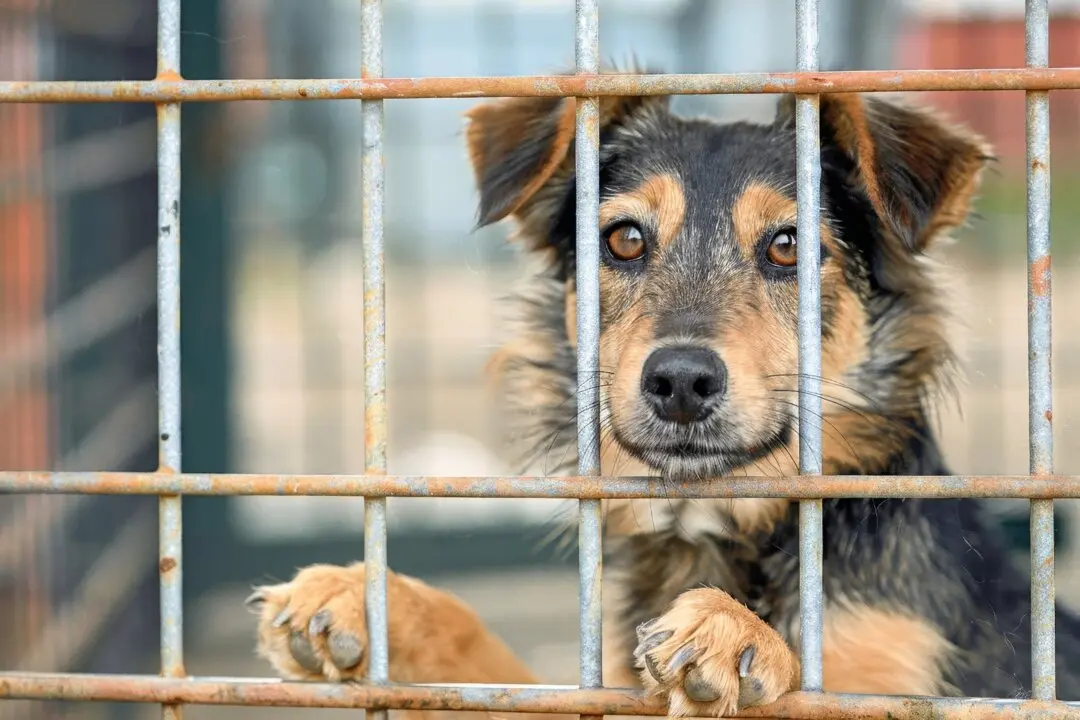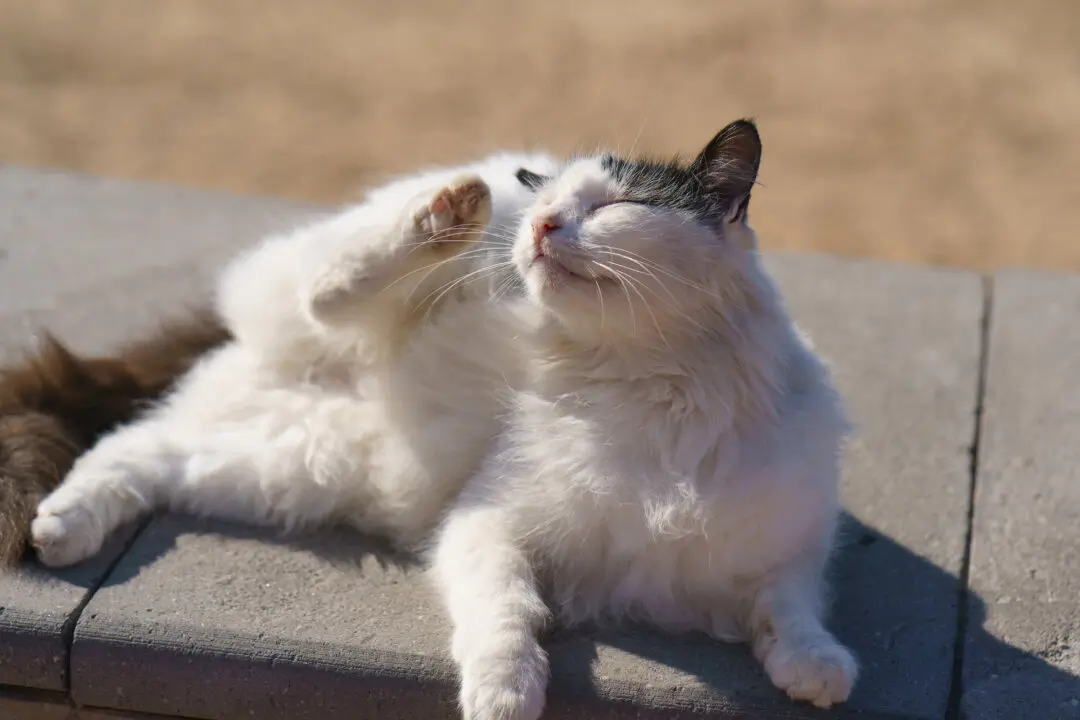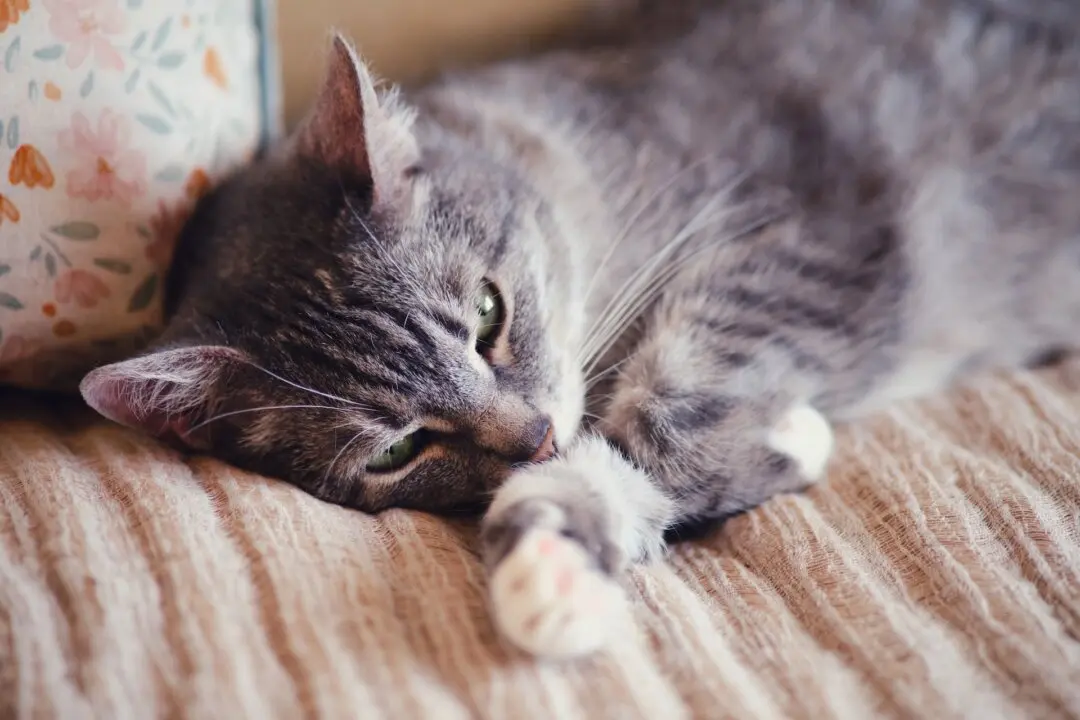Q: Monty, our indoor cat, often tries to escape from the house. We know he’s safer inside, where he won’t be attacked by another animal or hit by a car, but he’s determined to explore outside. Is there some way we can let him venture outdoors safely?
A: One way is to take him for a stroll with you. Fit him with a cat harness and a thin leash, and invite him to accompany you on your walks.





